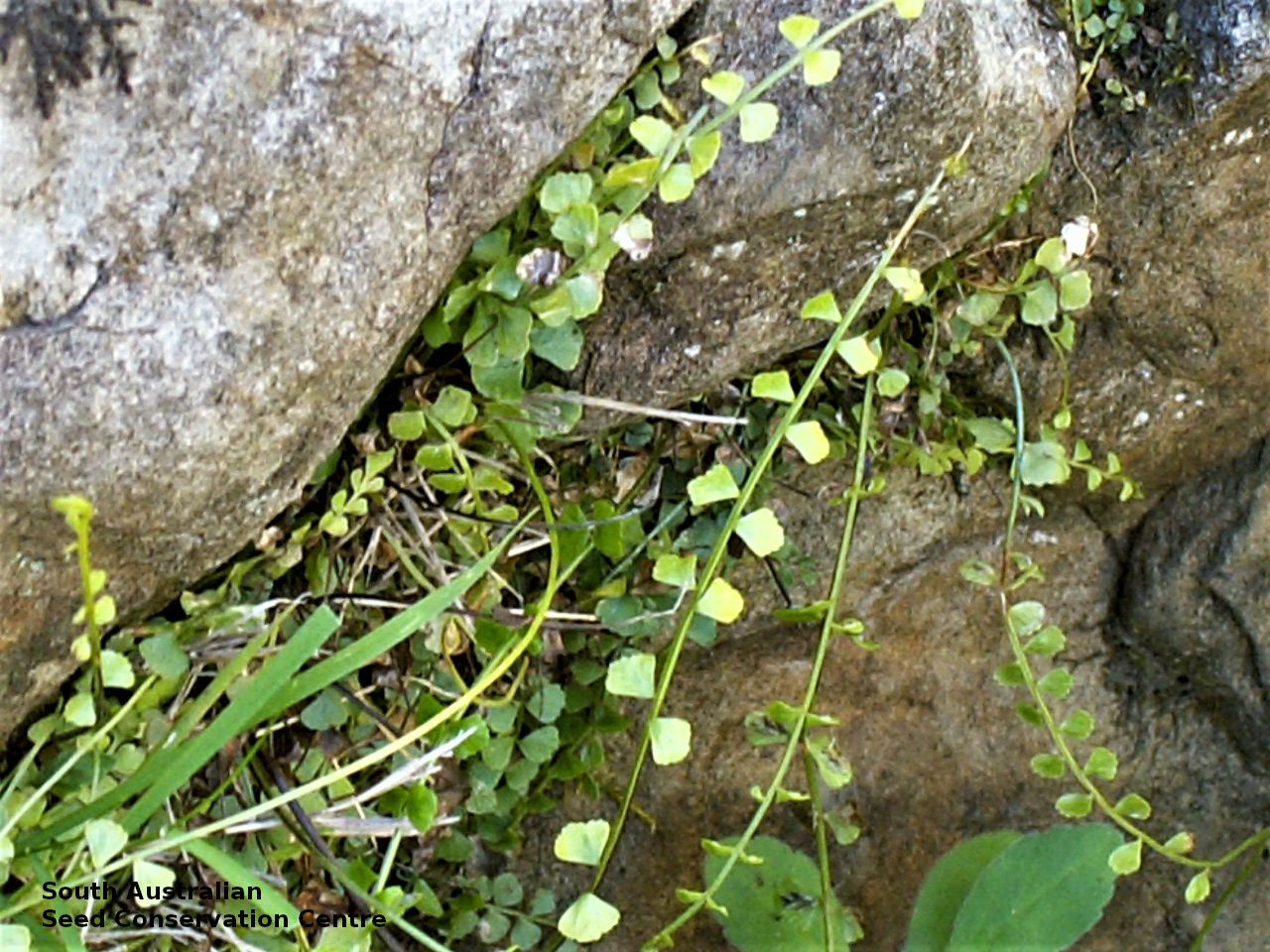
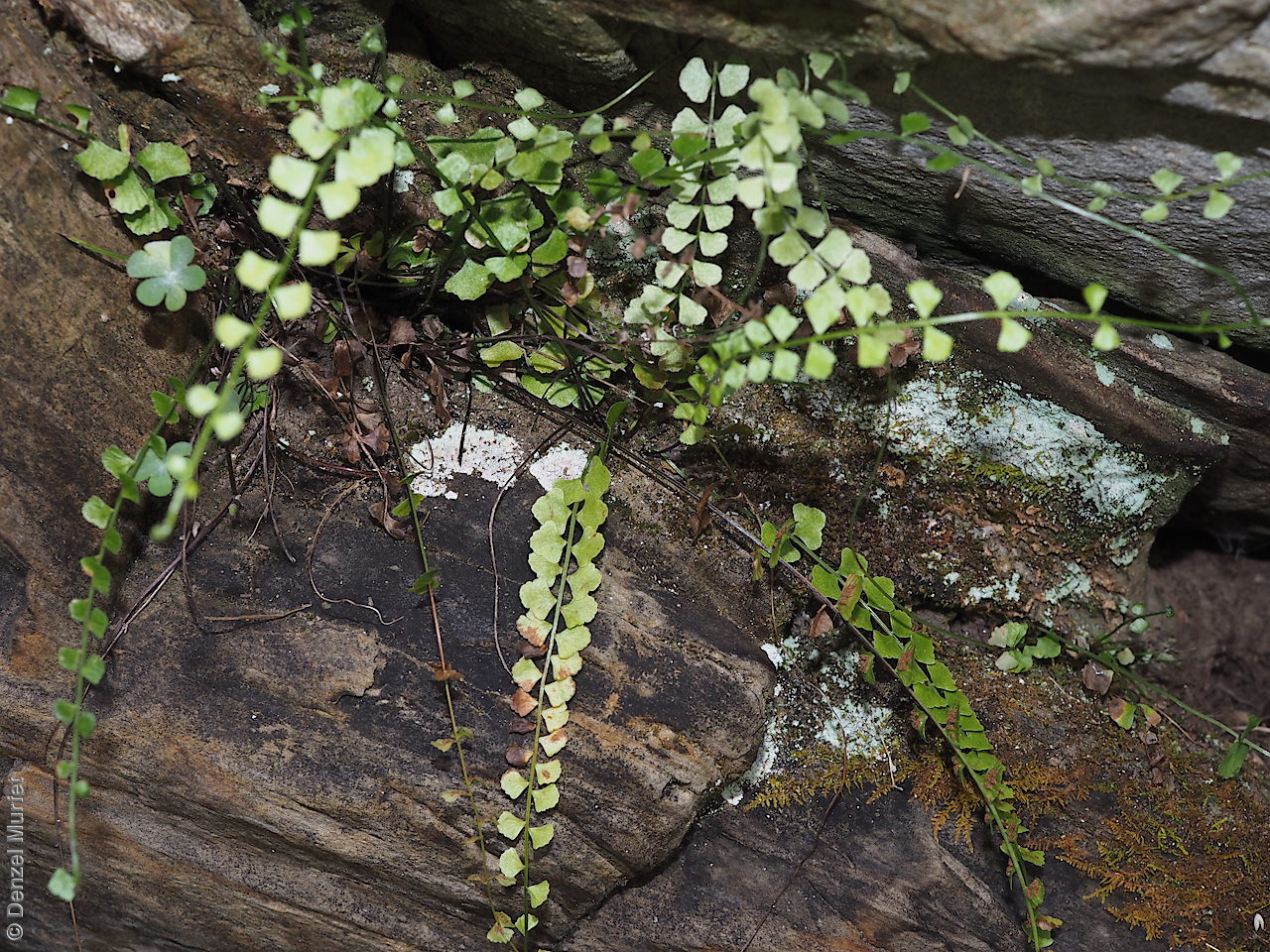
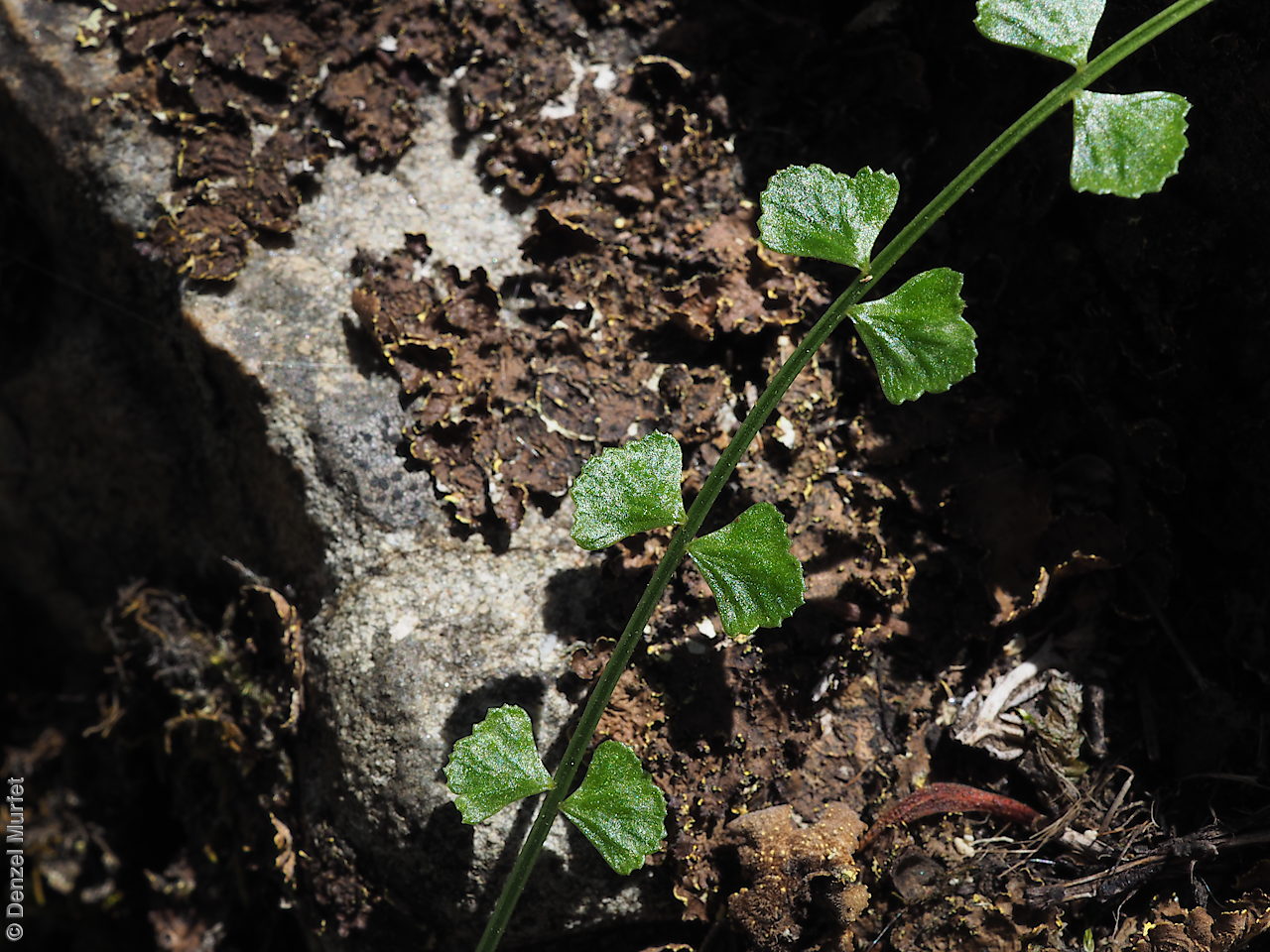
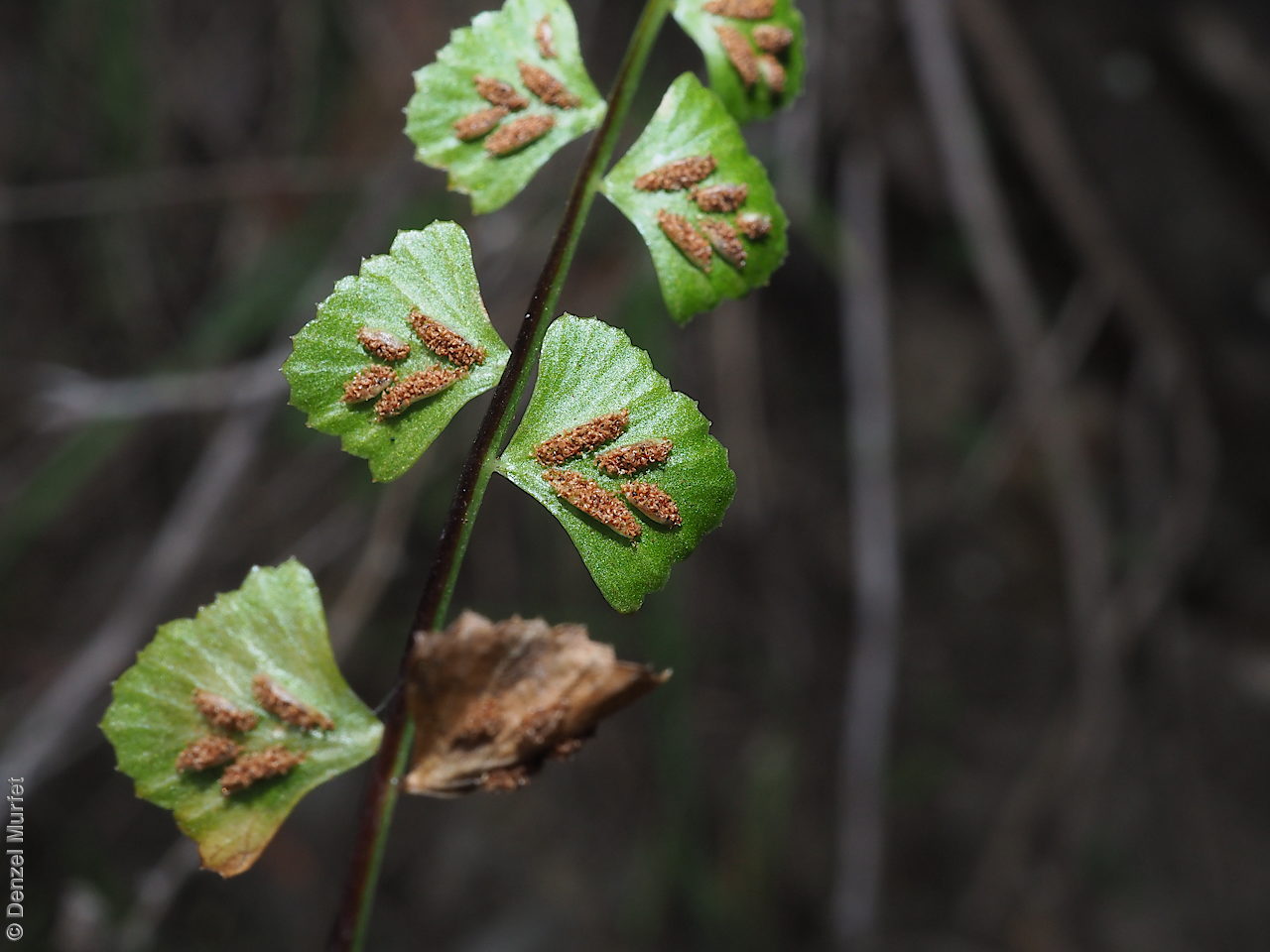

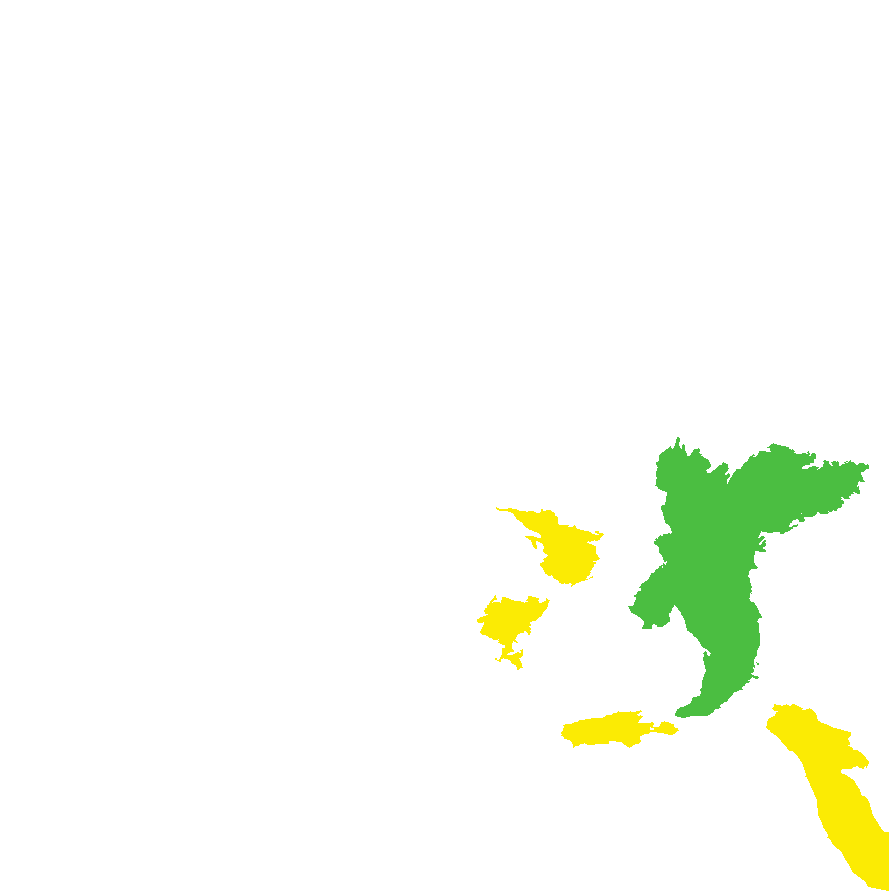
Botanical art
Prior names
Asplenium flavelifolium
Common names
Necklace Fern
Etymology
Asplenium from the Greek 'asplenon' (from 'a-' meaning without and 'splen' meaning splen), a name of a northern hemisphere fern, the black spleenwort (Asplenium adiantum-nigrum) once considered to be a cure for diseases of the spleen. Flabellifolium from the Latin 'flabellum' meaning fan and 'folium' meaning a leaf, referring to the shape of the pinnae.
Distribution and status
Found in the southern Flinders Ranges, Mount Lofty Ranges, Kangaroo Island and the South-east in South Australia, growing under rock ledges, in crevices, on logs and tree trunks, on stream banks or waterfalls in moist situations in wide range of vegetation types. Also found in all states except the Northern Territory, and New Zealand. Native. Common in South Australia. Common in the other states.
Herbarium regions: Flinders Ranges, Northern Lofty, Murray, Southern Lofty, Kangaroo Island, South Eastern, Green Adelaide
AVH map: SA distribution map (external link)
Plant description
Fern with very short rhizome and few clustered fronds on wiry black stems, to 50 cm long, at first erect but becoming prostrate. Fronds pinnate with lamina distinctive fan-shaped, pale green, outer margin toothed. Tip of fronds often without pinnae, sometimes taking root and producing plantlets. Fruits are sori (spores) on the underside of the fronds, linear-oblong in middle of pinnae, not reaching margin. Seeds are very fine spores.
Seed collection and propagation
Look under the fronds and collect ones with spores and place in a seal paper bags to prevent spores from fulling out. Leave fronds in the paper bag to dry. The spores will fall off naturally or give the fronds a gentle shake. Use a very fine sieve to separate any unwanted material. Be careful as the spores are very fine. Store spores in an air tight container in a cool and dry place or in a -20oC freezer.